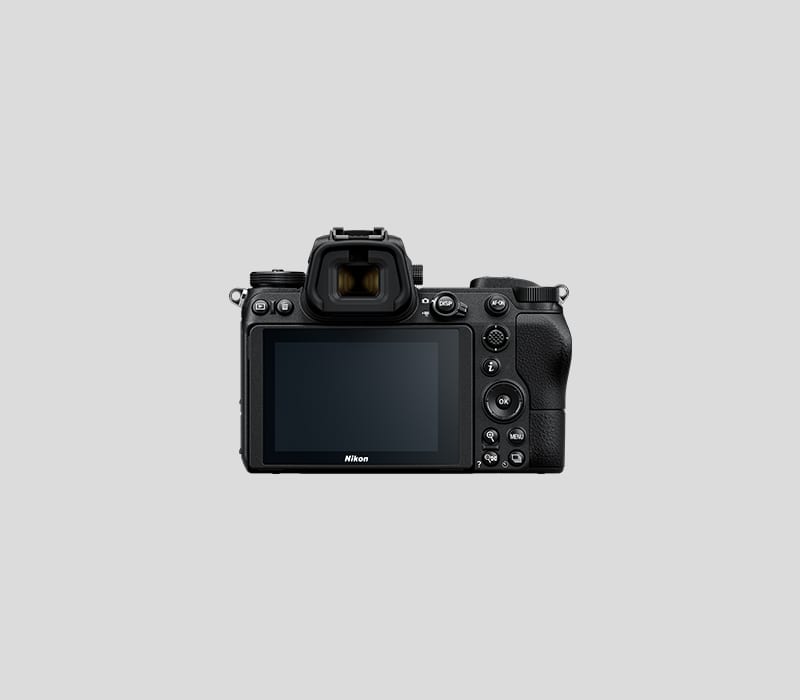Nikon Z6 FX Review
Nikon’s new Z range has created quite an uproar in the market. It has crafted an exciting line of entry level products to professional category cameras. The Z7 has been in the news for being the star of the show. What remains an industry secret is the equally powerful younger version Nikon Z6. In a smaller, compact design, lies ridiculous image quality and amazing features. Let’s find out why you should be considering the Nikon Z6.
This is Nikon’s foray into the Mirrorless format. The FX-format body or line as it’s also known has been one of the most anticipated camera launches globally. It is their first-ever full-frame mirrorless camera lineup, including other models such as the Z7.
While the Z7 has a 47.5 MP resolution, the Z6 is based on a backside-illuminated sensor, with a pixel count of 24.5 MP. High-quality lenses are being added quickly and efficiently so you can enjoy the camera it was meant to be used. With reasonable pricing and stunning features, this is definitely a top contender for Mirrorless cameras.
For hobbyists, amateurs, or photography enthusiasts, the Nikon Z6 holds a much stronger relevance than the Z7. Emulating Sony in having models with similar specs, Nikon has gone one step ahead with three notable differences- resolution, autofocus, and burst shooting speed.
You may think that the pixel count difference between the Z7 and Z6 is concerning. The pixel count while lower doesn’t compromise on quality or image resolution. The pixels lead to the native ISO count being broader, running from ISO 100 to 51,200 (The Z7 ranges between 64 and 25,600). This can be expanded to 50-204,800.

The Z6 features Nikon new lens mount. Nikon dropped its traditional F-mount for a its new full-frame mirrorless cameras. The mount opening is wider than F-mount by 11mm and is about 55mm. The flange focal distance (distance between the rear lens element and the sensor) is a short 16mm. The larger design and short flange distance is a conscious choice. Nikon claims that its lens engineers can design optics that surpass the current F-mount and optimize the full-frame sensor. This will allow light to reach the extreme corners of the sensor to ensure even brightness across the frame.
The Nikon Z6 has a 0.5-inch, 3.6 million dot Quad-VGA electronic viewfinder (EVF) with an impressive magnification of 0.80x. The Z6 utilizes Nikon’s own optics which delivers greater clarity, while the EVF has a fast display rate of up to 60p. A large 3.2-inch tilt-angle touchscreen with a 2, 100,000 dot resolution adds to the beauty of the camera. A compact top LCD displays key information which makes it easy for photographers to check their set-up.
Nikon’s DSLRs have always used lens-based image stabilization (called Vibration Reduction). For its full-frame mirrorless cameras, Nikon came up with an in-camera system. The Z6 features a 5-axis system (roll, pitch, yaw, X and Y shift) that’s known to be effective for up to 5 stops. There’s also an electronic Vibration Reduction system (E-VR) that reduces the impact of camera shakes. So if you are shooting movies handheld, this is a very useful feature. And for movies, the Nikon Z6 can shoot 4K UHD video up to 30p. There’s an alternative to shoot Full HD video in 60p and 120p slow-motion footage in HD format.
The Z6 uses Nikon’s traditional SnapBridge image transfer system. You need a low-energy Bluetooth connection between your camera and device. You will have to use the free Nikon app for this. Images have to be downscaled to 2MP and transferred from camera to device as you shoot. For photographers who prefer higher-resolution images, there is another option. Select them individually in-camera, and use a Wi-Fi connection to transfer those images to your preferred device. The Z6 will offer open Wi-Fi connections if you want to bypass SnapBridge.
There is only a single XQD slot available in the Nikon Z6. The limited availability of XQD cards make this a big gamble by Nikon. Sony dominates the market in XQD. Nikon is hoping that the performance will give it a clear advantage over its rivals. In the future it plans to replace this with the CFExpress cards, once they become widely available and easily manufactured.

Nikon released a firmware update for the Z6 and Z7 in May. It added Eye AF focusing which now allows the camera to automatically detect a subject’s eyes. This will make attaining critical focus seamless and quick for photographers. To sum it up, at about $2,000, the Nikon Z6 beats rivals like the Sony Alpha A7 III hands down. You would be hard-pressed to find a reasonably priced, packed with features camera from a top-notch brand. If you are a hobbyist, enthusiast, or new photographer, you should definitely purchase the Nikon Z6 and get your money’s worth.
